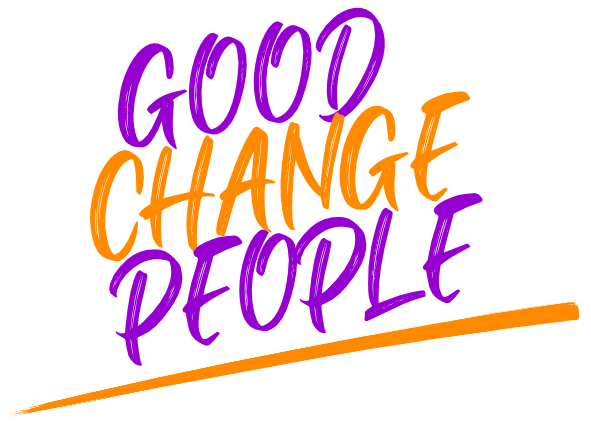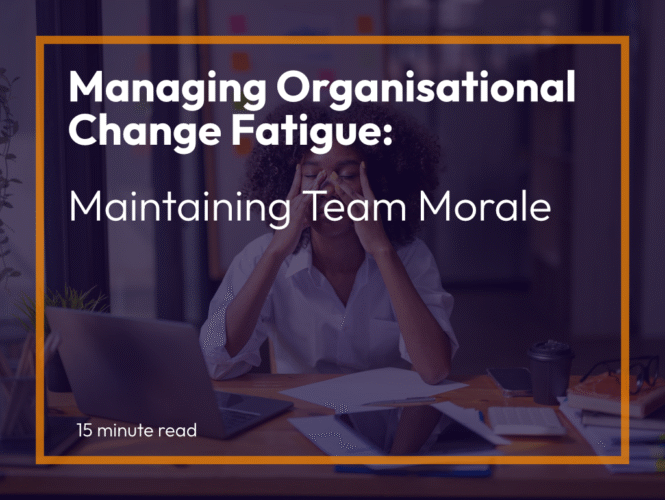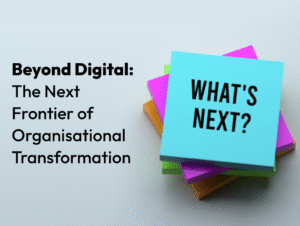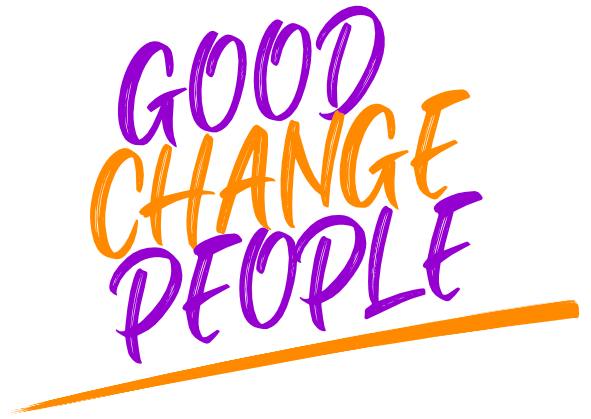Organisations today face an unprecedented reality: constant change has become the norm. Digital transformations, restructuring initiatives, new technologies, process improvements, and market adaptations follow one after another, often overlapping and compounding. While this agility is essential for competitiveness, it has created a challenge that leaders cannot ignore; organisational change fatigue.
Change fatigue occurs when employees become overwhelmed, disengaged, or resistant due to the sheer volume and frequency of organisational changes. It’s not just about one difficult transition; it’s the cumulative effect of continuous adaptation that can erode team morale, productivity, and ultimately, business performance. Understanding and addressing change fatigue has become crucial for sustainable organisational success.
Recognising the Signs of Change Fatigue
Change fatigue manifests in various ways, and early recognition is key to prevention and intervention. Here are some of the signs leaders and change sponsors should look out for;
- Productivity Decline: Often the first indicator; employees struggle to maintain performance while constantly adapting to new processes and expectations. You might notice increased absenteeism, higher turnover rates, or a general decline in the quality of work output.
- Emotional Symptoms: Teams experiencing change fatigue often display scepticism toward new initiatives, expressing sentiments like “here we go again” or “this too shall pass”. There’s a palpable sense of overwhelm, with employees feeling like they’re constantly playing catch-up. Communication becomes more negative, with increased complaints and decreased collaboration.
- Physical Manifestations: Employees may report feeling constantly tired, experience more frequent illnesses, or show signs of burnout such as emotional exhaustion and depersonalisation. When you observe these patterns across multiple team members, it’s time to take decisive action.
The Psychology Behind Change Fatigue
Understanding why change fatigue occurs helps leaders address it more effectively. Humans have limited cognitive resources for processing change, and continuous adaptation depletes these reserves. Each change requires mental energy to understand new requirements, adjust behaviours, and manage the uncertainty that comes with transition.
People need time to achieve mastery and feel competent in their roles. When changes occur too rapidly, employees never reach that comfortable state of competence, leading to persistent feelings of inadequacy and stress. The lack of stability undermines psychological safety, making people more resistant to future changes.
Strategies for Preventing Change Fatigue
Prevention is far more effective than remediation when it comes to change fatigue. Strategic change planning involves carefully sequencing initiatives to avoid overwhelming teams. This doesn’t mean slowing down necessary changes but rather being more thoughtful about timing and resource allocation. These are some initiatives that can be carried out to prevent fatigue;
- Create Change Portfolios: Map out all ongoing and planned initiatives across the organisation. Look for opportunities to consolidate related changes, spread out non-critical initiatives, and ensure adequate recovery time between major transitions. Consider the cumulative impact on specific teams or departments that might be affected by multiple changes simultaneously.
- Build organisational change capacity: Develop change champions throughout the organisation who can provide peer support and guidance. Invest in change management training for managers and team leaders so they can better support their teams through transitions.
- Establish clear communication protocols: Provide regular updates about what changes are coming, why they’re necessary, and how they fit into the bigger picture. Transparency reduces anxiety and helps employees mentally prepare for upcoming transitions.
Maintaining Team Morale During Transitions
When change is unavoidable;
- Focus on maintaining team morale through supportive leadership practices. Acknowledge the difficulty of constant change openly and validate employees’ feelings about the challenges they’re facing. This validation alone can significantly reduce stress and build trust.
- Provide stability wherever possible within the changing environment. This might mean maintaining consistent team structures, preserving important traditions or rituals, or ensuring that core values remain unchanged even as processes evolve.
- Celebrate quick wins and progress milestones throughout change initiatives. Recognition helps maintain motivation and provides positive reinforcement for adaptation efforts. Make sure to highlight not just the end results but also the resilience and flexibility teams demonstrate during the process.
- Increase support resources during periods of intense change. This could include additional training, mentoring programs, flexible work arrangements, or even temporary reductions in non-essential responsibilities.
Practical Techniques for Energy Management
- Help teams manage their energy more effectively during change periods. Encourage practices that restore mental and emotional reserves, such as taking regular breaks, using holiday, and maintaining work-life boundaries. Model these behaviours as a leader to give others permission to prioritise their wellbeing.
- Implement “change sabbaticals” where teams can focus on mastering recently implemented changes without introducing new ones. These periods of consolidation allow employees to build competence and confidence before facing the next transition.
- Create opportunities for employees to have control and input in change processes. When people feel they have support in shaping their work environment, they’re more resilient to the stress of change. This might involve participating in planning committees, providing feedback on implementation approaches, or having choices about how they adapt to new requirements.
Building Resilient Teams
- Focus on developing team resilience as a core organisational capability. Resilient teams bounce back from change more quickly and maintain higher performance throughout transitions. This involves building strong relationships within teams, developing problem-solving skills, and creating cultures that view challenges as opportunities for growth.
- Invest in emotional intelligence training for both leaders and team members. People with higher emotional intelligence navigate change more successfully and can provide better support to their colleagues. They’re also better at managing their own stress responses and maintaining perspective during difficult periods.
- Foster a growth mindset culture where learning and adaptation are valued over perfection and stability. When teams see change as an opportunity to develop new skills and capabilities, they’re more likely to approach transitions with curiosity rather than resistance.
Leadership’s Role in Change Sustainability
Leaders play a crucial role in preventing and addressing change fatigue. This starts with honest self-assessment about the pace and volume of change being introduced. Sometimes the solution is simply slowing down or being more selective about which changes to pursue.
Develop better change communication skills that go beyond announcing what’s changing to explaining the why, the how, and the support that will be provided. Regular check-ins with teams about how they’re coping with current changes should inform decisions about future initiatives.
Model resilience and self-care behaviours. When leaders openly discuss the challenges of change and demonstrate healthy coping strategies, it creates psychological safety for others to do the same. Show vulnerability about your own struggles with change while maintaining confidence about the organisation’s direction.
Creating Sustainable Change Practices
The goal isn’t to eliminate change but to make it more sustainable for your organisation. This requires building change management into your organisational DNA rather than treating it as an occasional project.
- Develop systems and processes that support continuous adaptation without overwhelming your people.
- Implement regular assessment of organisational change capacity to inform strategic planning. Just as you wouldn’t overload your financial or operational resources, avoid overloading your human capacity for change. Build buffers and recovery time into your change planning processes.
- Create feedback mechanisms that allow you to monitor the health of your organisation during periods of change. Employee surveys, focus groups, and one-on-one conversations can provide early warning signs of change fatigue before it becomes critical.
Final Thoughts
Managing organisational change fatigue requires intentional effort and strategic thinking. It’s about finding the balance between necessary adaptation and human sustainability. By recognising the signs early, implementing preventive strategies, and maintaining focus on team wellbeing throughout transitions, leaders can build organisations that thrive on change rather than merely survive it.
The most successful organisations in our rapidly changing world won’t be those that implement the most changes, but those that implement changes most thoughtfully and sustainably. They understand that their people are their greatest asset in navigating uncertainty, and they invest accordingly in maintaining team morale and resilience.
Remember that addressing change fatigue isn’t just about individual wellbeing—it’s a business imperative. Teams suffering from change fatigue are less productive, less innovative, and less capable of successfully implementing the very changes that organisations need to remain competitive. By prioritising the human side of change management, leaders create the foundation for sustainable organisational success in an ever-evolving business landscape.
If you’re a leader of change and would like to join a community of like-minded professionals for tips, tricks and training join our platform!





